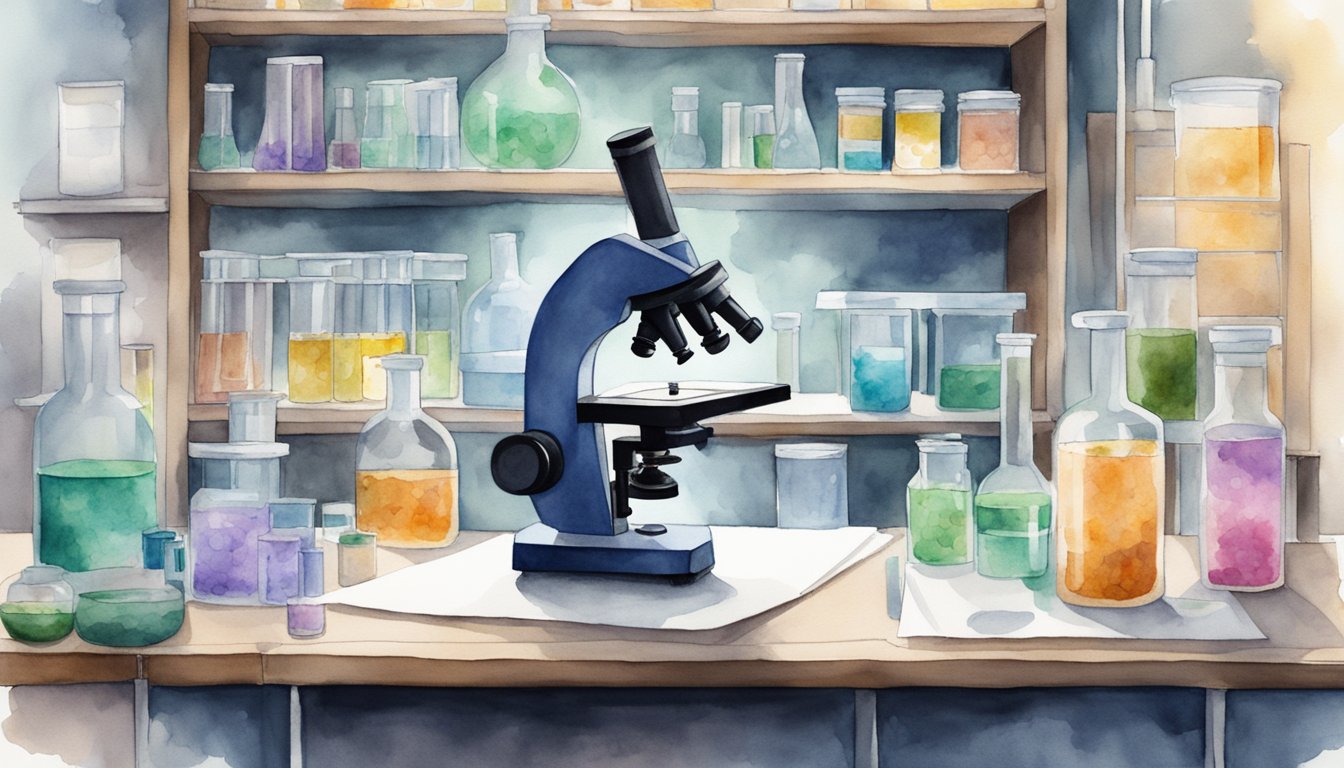Revolutionary Technologies and Innovations
Revolutionary developments in science are reshaping our world, from the minuscule powerhouses within our cells to the vast complexities of space. These advancements are not just limited to the lab; they’re changing our everyday lives.
The Prowess of RNA Research
RNA research has surged forward, shedding light on cellular mechanisms and their potential in treating diseases. Recent breakthroughs in RNA therapies are remarkable, harnessing the molecule’s ability to silence genes or rectify genetic mutations. It’s a field where innovation blends with practical applications, providing hope for previously untreatable conditions.
Energy Advancements and Solar Innovations
The sun’s energy is more harnessed than ever, powering homes and gadgets alike. Innovations in solar panel technology are making renewable energy more efficient and accessible. This includes developments in photovoltaic materials that can convert sunlight to electricity more effectively, even on cloudy days.
Space Exploration: Projects and Discoveries
Space agencies like NASA are pushing the boundaries of the known universe. The James Webb Space Telescope, set to succeed Hubble, will allow researchers to peer deeper into the cosmos than ever before. With projects like these, humankind’s knowledge of space is expanding at an unprecedented pace, unveiling new celestial phenomena and potentially habitable exoplanets.
Robotics and Artificial Intelligence
In robotics, machines are becoming more intuitive and autonomous, with artificial intelligence propelling them to new capabilities. Robots are now able to learn from their environments and carry out complex tasks, offering enhancements in manufacturing, healthcare, and even home assistance.
In each of these domains, dedicated researchers and scientists are continually pushing the limits of current technology, ensuring that our future is filled with even more remarkable innovations and a deeper understanding of our world and beyond.
Advances in Biological Sciences

From unraveling the secrets held within our DNA to exploring the intricate balance of natural ecosystems, advances in biological science have not only bridged gaps in our understanding but also forged paths towards revolutionary medical and environmental breakthroughs.
Stem Cells: Potential and Progress
Stem cell research has seen promising developments, with scientists now able to better direct the differentiation of these cells into specific cell types. This advancement holds the potential to repair damaged tissue and open new avenues for treating various diseases, including Parkinson’s and diabetes.
Decoding Genes and Proteins
Researchers have made leaps in understanding the language of life by decoding the function of genes and proteins. This has led to the identification of genes responsible for certain conditions, allowing for more precise genetic testing and targeted therapies that cater to the individual’s genetic makeup.
Ecosystems and Wildlife Preservation
Protecting our planet’s diversity, scientists are employing new strategies for ecosystems and wildlife preservation. Nature conservation efforts are increasingly informed by scientific discoveries that help understand species interactions, habitat needs, and the impacts of climate change on biodiversity, leading to more effective conservation tactics.
Emerging Materials and Sustainability

Innovations in materials science are driving the movement towards a more sustainable future, incorporating breakthroughs that could combat environmental crises and revolutionize technology.
Novel Materials in Science and Engineering
Materials science has leapt forward with the advent of technologies like 3D printing, which enables the creation of complex structures previously unattainable through traditional manufacturing. This isn’t just about plastic trinkets; scientists are experimenting with printing everything from butterfly wing-inspired materials that could lead to advanced optics, to biocompatible materials for medical implants. Even the structure of the Milky Way can inspire new, stronger materials through the understanding of natural patterns and forms.
- 3D Printing: Enables the creation of complex, custom, and precise materials.
- Bio-Inspiration: Learning from organisms like shrimp and butterfly wings for innovation in materials.
Combatting Environmental Challenges
One of the most pressing issues in materials science is the creation and accumulation of microplastics. These tiny particles are pervasive in the environment and can cause significant ecological and health problems. In contrast, the field is also developing new, green technologies focusing on biodegradable polymers and renewable energy materials. These innovations aim to lessen our environmental footprint by replacing harmful substances with sustainable ones. The drive for discovery and implementation of green materials is as vast as the galaxy we inhabit, making each scientific stride a step towards preserving the blue marble we call home.
- Microplastics: Addressing and reducing environmental pollutants.
- Renewable Materials: Developing sustainable alternatives to traditional harmful materials.

